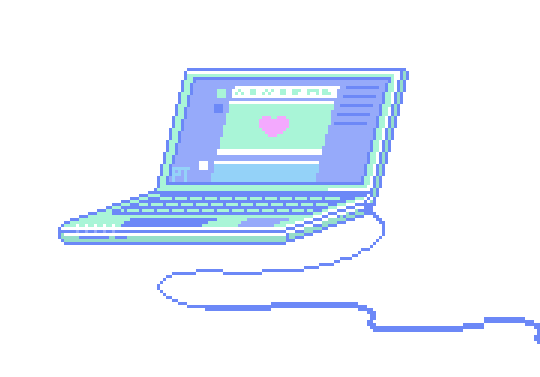
Our current iteration is Web 2.0 or the read-write version. It moves on from having the majority of users being people who search for and read information. Now, more users are becoming creators and adding to the content on the web. The interactions between people on the web increase, and those creations and communications influence the landscape. The read-write iteration means more rapid change. The potential, when compared to 1.0, is much bigger as each user/creator is leaving their mark on what the web is and what it could become. Examples of sites that are part of this version include Imgur and YouTube, which get their content from user submissions. With the level of user participation increasing, the amount of content accessible through the internet expanded considerably. Through databases, social media, and forms, people starting to come online to be part of a community, to create, and to share instead of just accessing information. While a web full of contributors sounds overwhelmingly positive, Web 2.0 came with challenges too. More interaction meant that people were providing their information online. These details became commodities. Disparities between large companies that hosted sites and their content and the people who interacted with them emerged as transparency decreased. Access points expanded too. Instead of only search engines and browsers, social media sites and applications created small spaces that gave us a doorway to the web, but only to specific content. Introducing the concept of iteration 2.0 started people wondering where the web would go next.